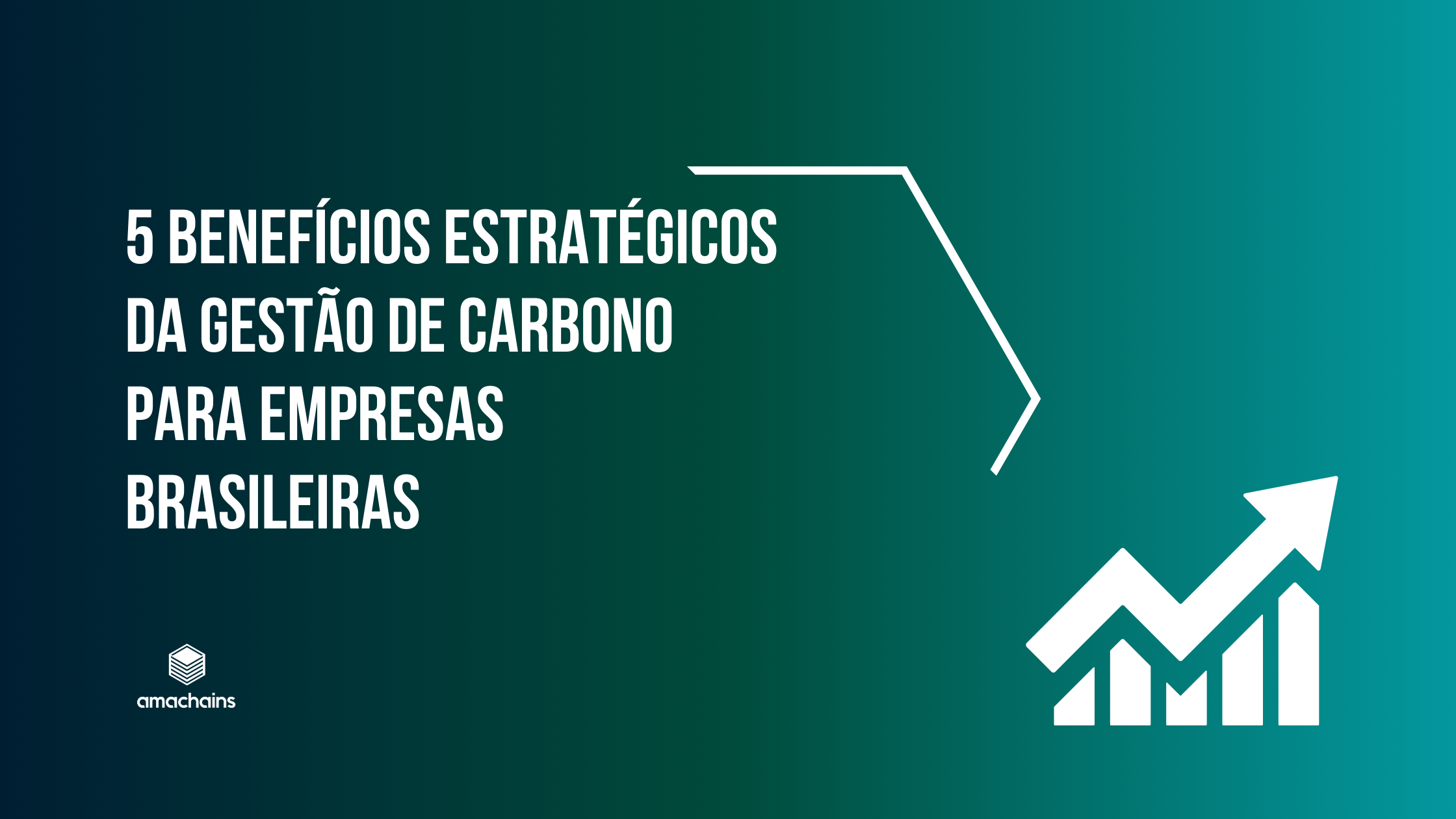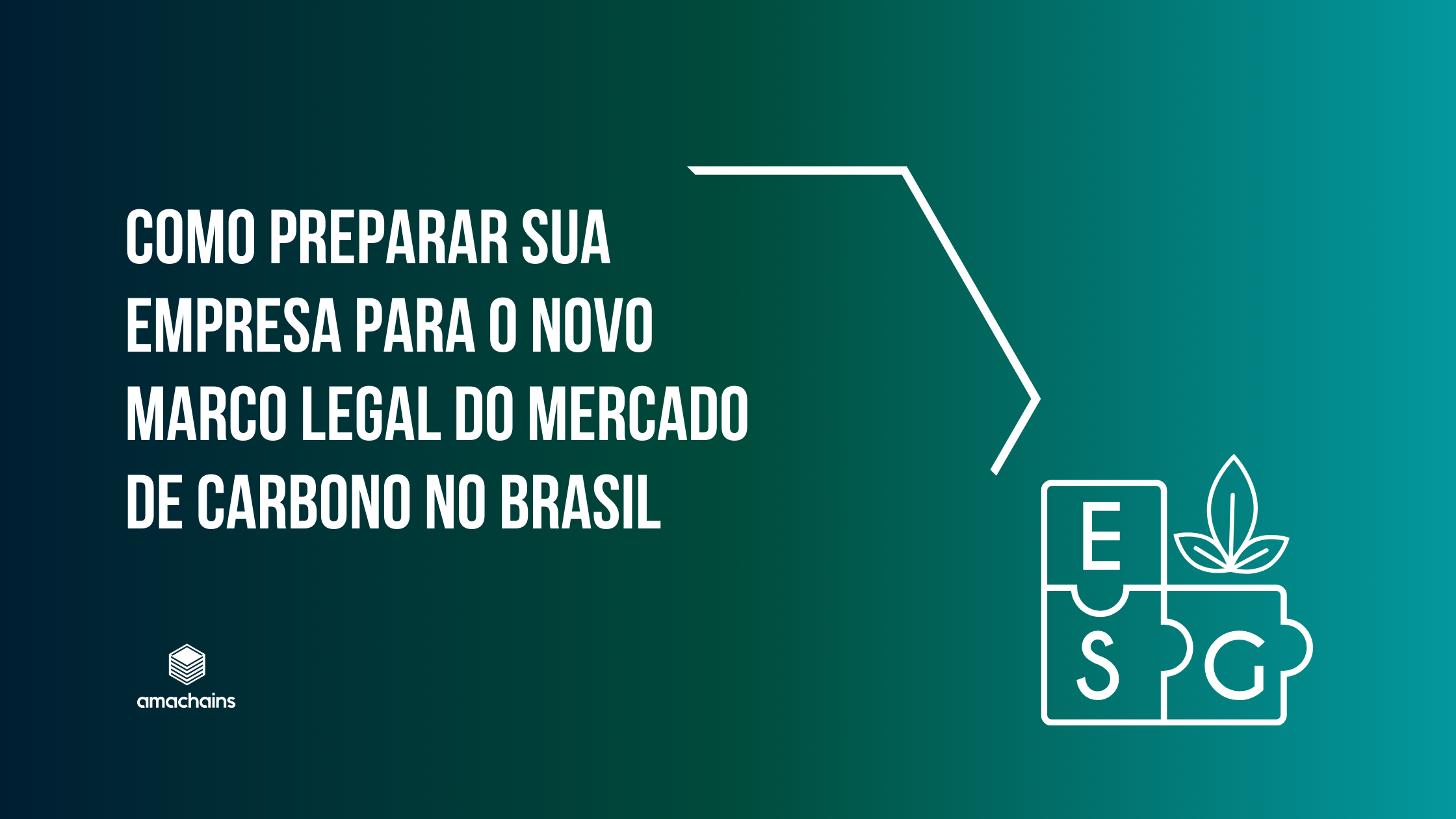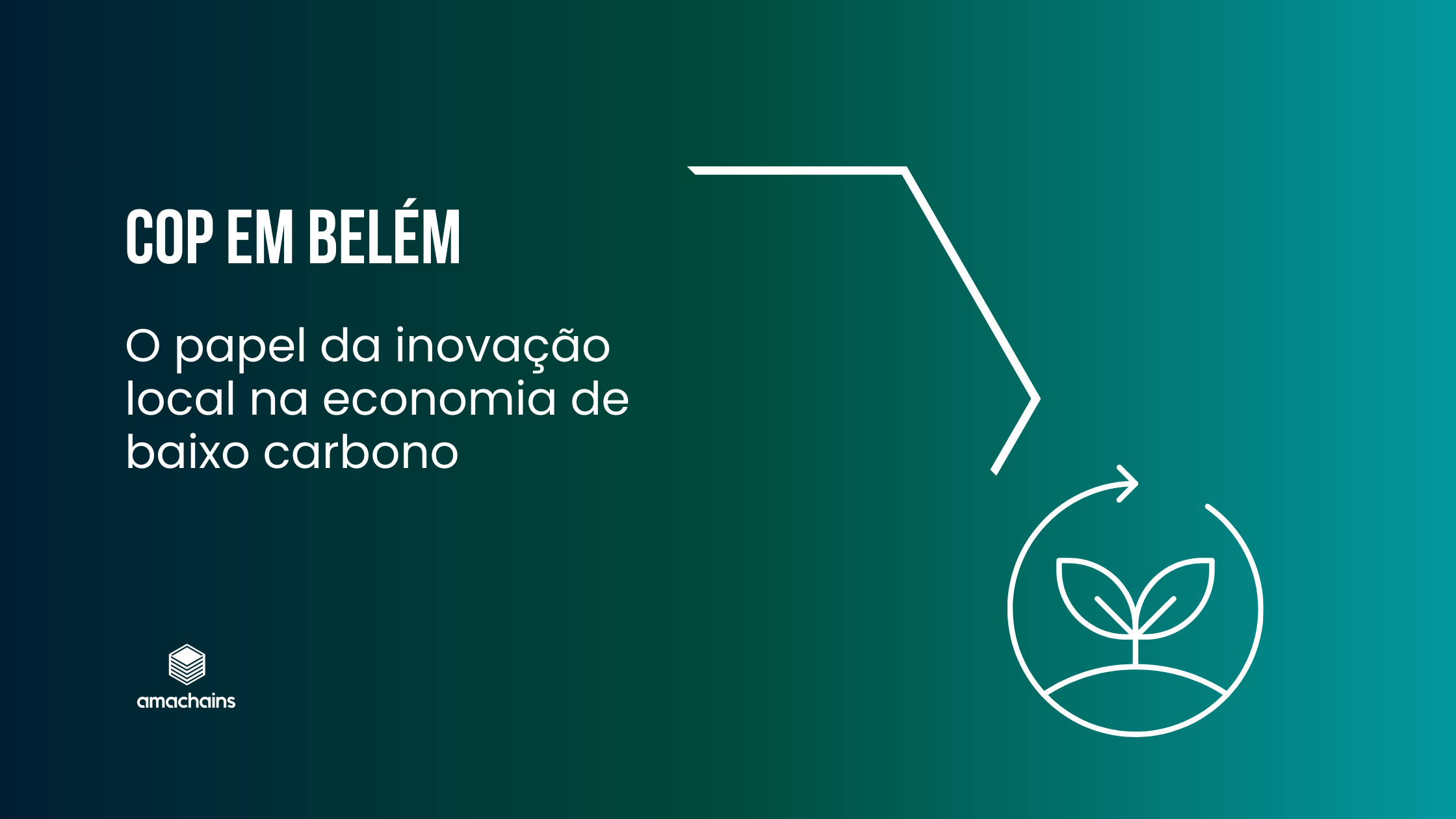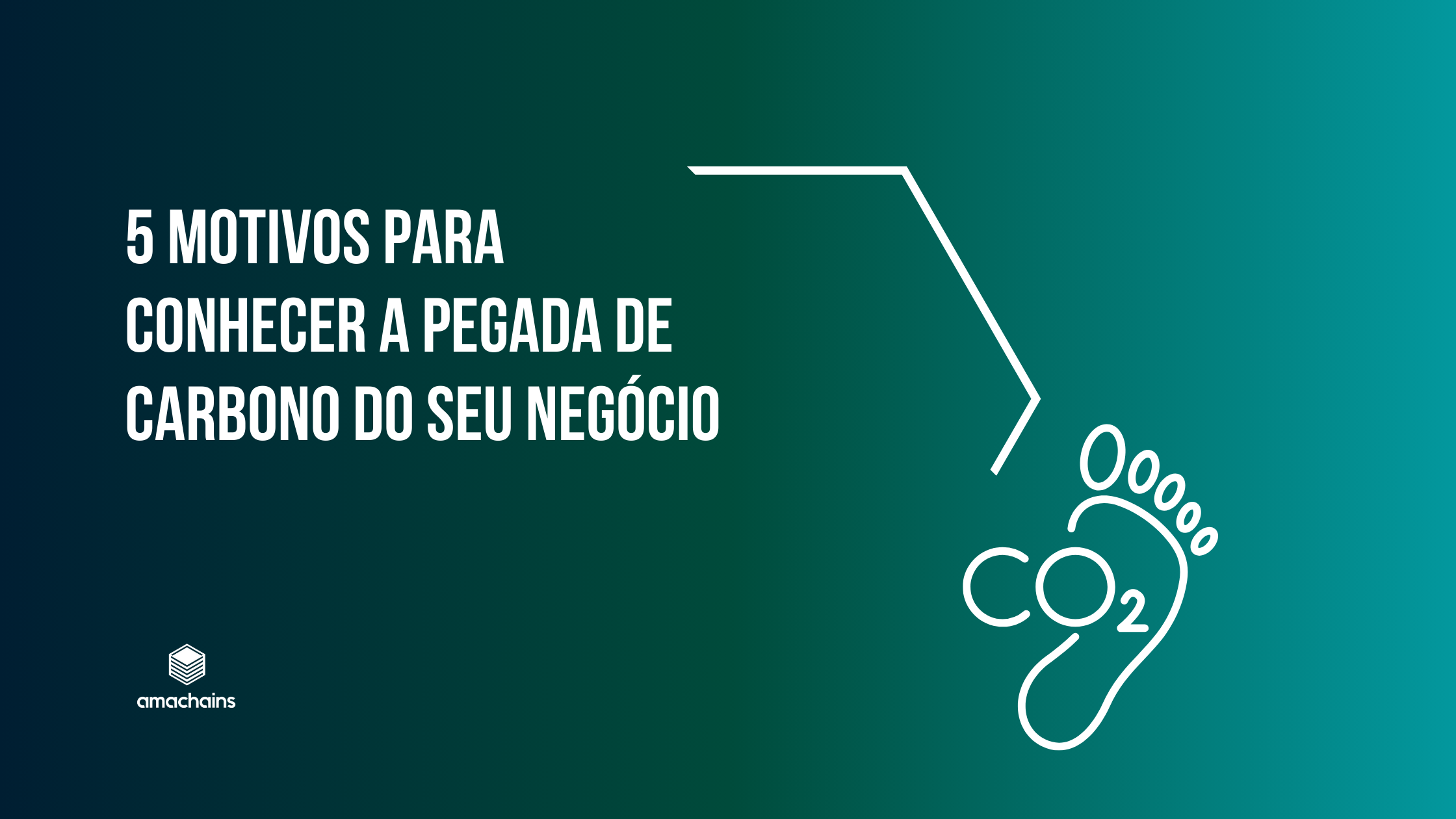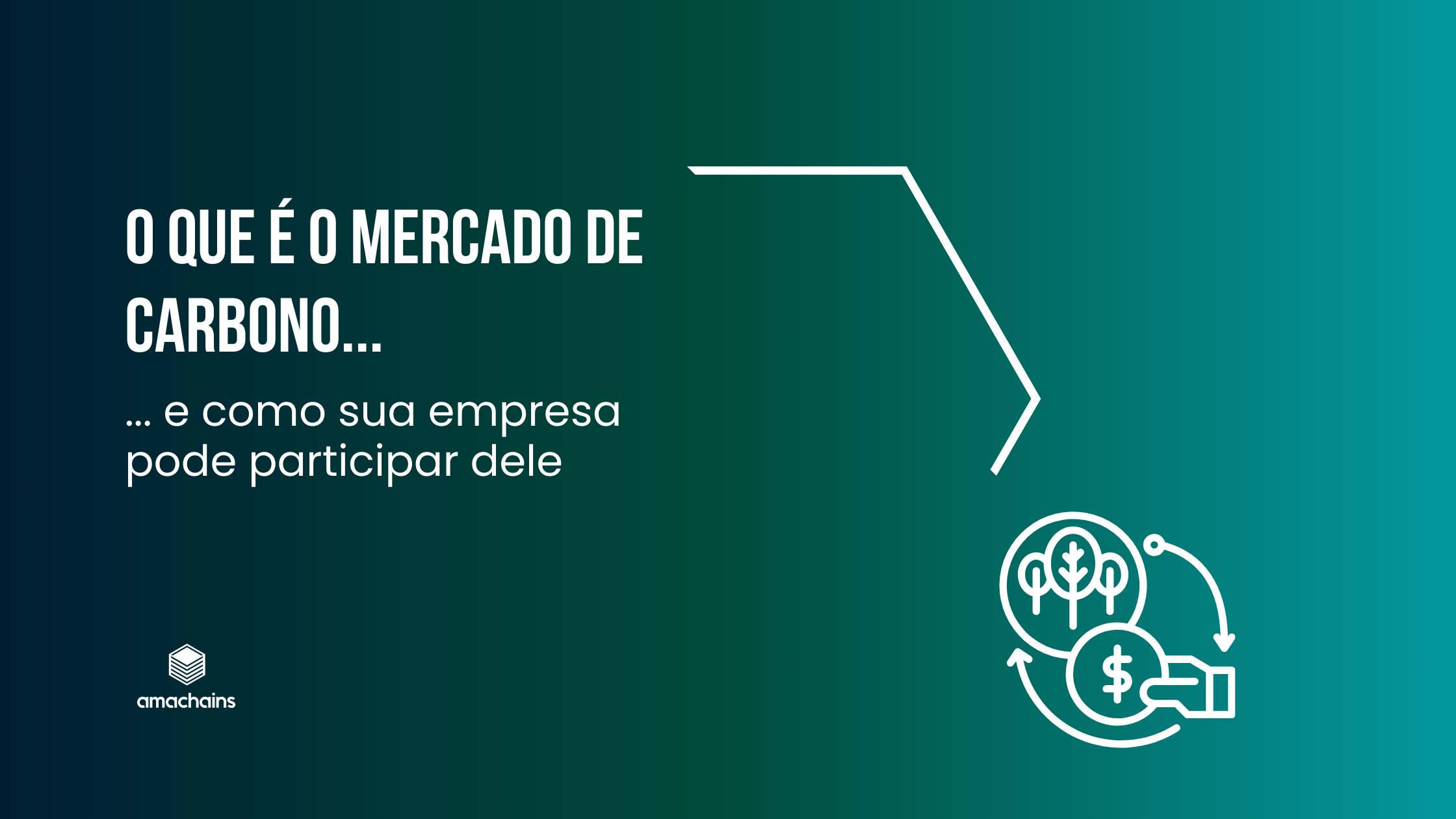In the face of the climate emergency, limiting global warming involves controlling greenhouse gases in the atmosphere. There are two possible ways to do this:
- Reduce greenhouse gas emissions;
- Stimulate natural processes that capture carbon from the atmosphere.
Thus, by combining these two efforts, we seek to neutralize greenhouse gas emissions from human activity. In other words, to ensure that only levels of gases that are absorbed by nature are released into the atmosphere.
In this article, you will learn about some alternatives that mitigate greenhouse gas emissions and, consequently, can generate credits in the carbon market.
Reforestation and Afforestation:
Planting trees or restoring forests not only sequesters carbon from the atmosphere, it also promotes biodiversity and protects vital ecosystems.
To understand how forests function as carbon sinks, read here.
Renewable energies:
Projects that promote clean energy sources, such as solar, wind and hydroelectric, reduce dependence on fossil fuels, reducing greenhouse gas emissions and driving the transition to a more sustainable energy matrix.
Sustainable agricultural methods:
Sustainable agricultural practices, such as conservation agriculture and crop rotation, not only reduce emissions, but also preserve soil quality and promote resource efficiency.
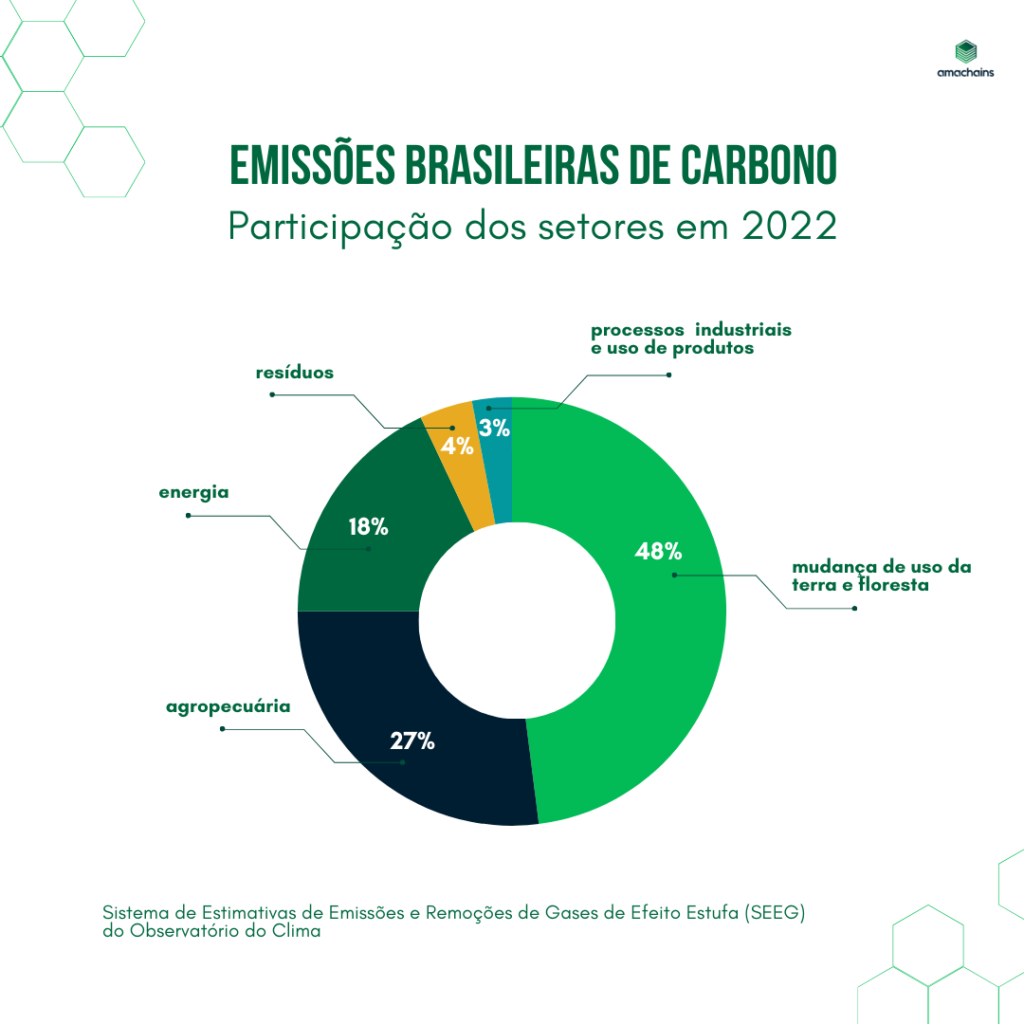
Carbon Capture and Storage:
Advanced carbon capture and storage technologies prevent the release of carbon dioxide into the atmosphere, providing a solution for high-emission industries such as power plants and industrial facilities. These are still alternatives with little economic viability and limitations for large-scale implementation. However, with investment in new technologies, this is an important prospect for the future.
Energy Efficiency in Buildings:
Projects aimed at energy efficiency in buildings reduce energy consumption, reducing emissions associated with electricity production, while promoting more sustainable and economically efficient environments.
Solid Waste Treatment:
Initiatives that improve solid waste treatment, such as composting and recycling, minimize greenhouse gas emissions from anaerobic decomposition in landfills.
Transportation Efficiency Projects:
Initiatives that promote efficiency in transportation, such as the transition to electric vehicles, significantly reduce emissions from the transportation sector, contributing to the decarbonization of this important area.
Methane in Landfills:
Projects that capture and utilize methane generated in landfills prevent this potent greenhouse gas from being released into the atmosphere, helping to reduce climate impact.
By recognizing the variety of activities that generate carbon credits, it becomes clear that the solutions to the climate crisis are multiple and depend on collective mobilization. Every initiative, no matter how small, contributes to building a more sustainable future. By investing in projects that generate carbon credits, we are not only mitigating emissions, but also shaping a more resilient and balanced environment for future generations.
